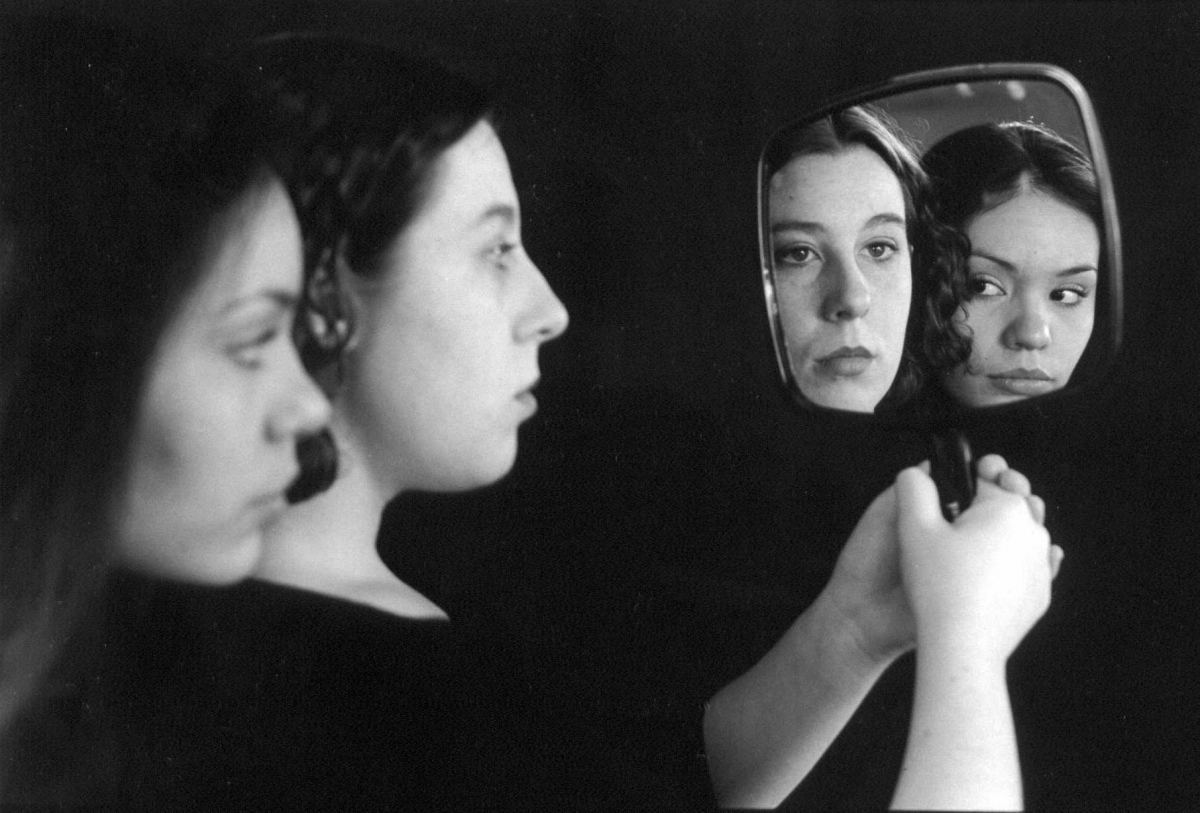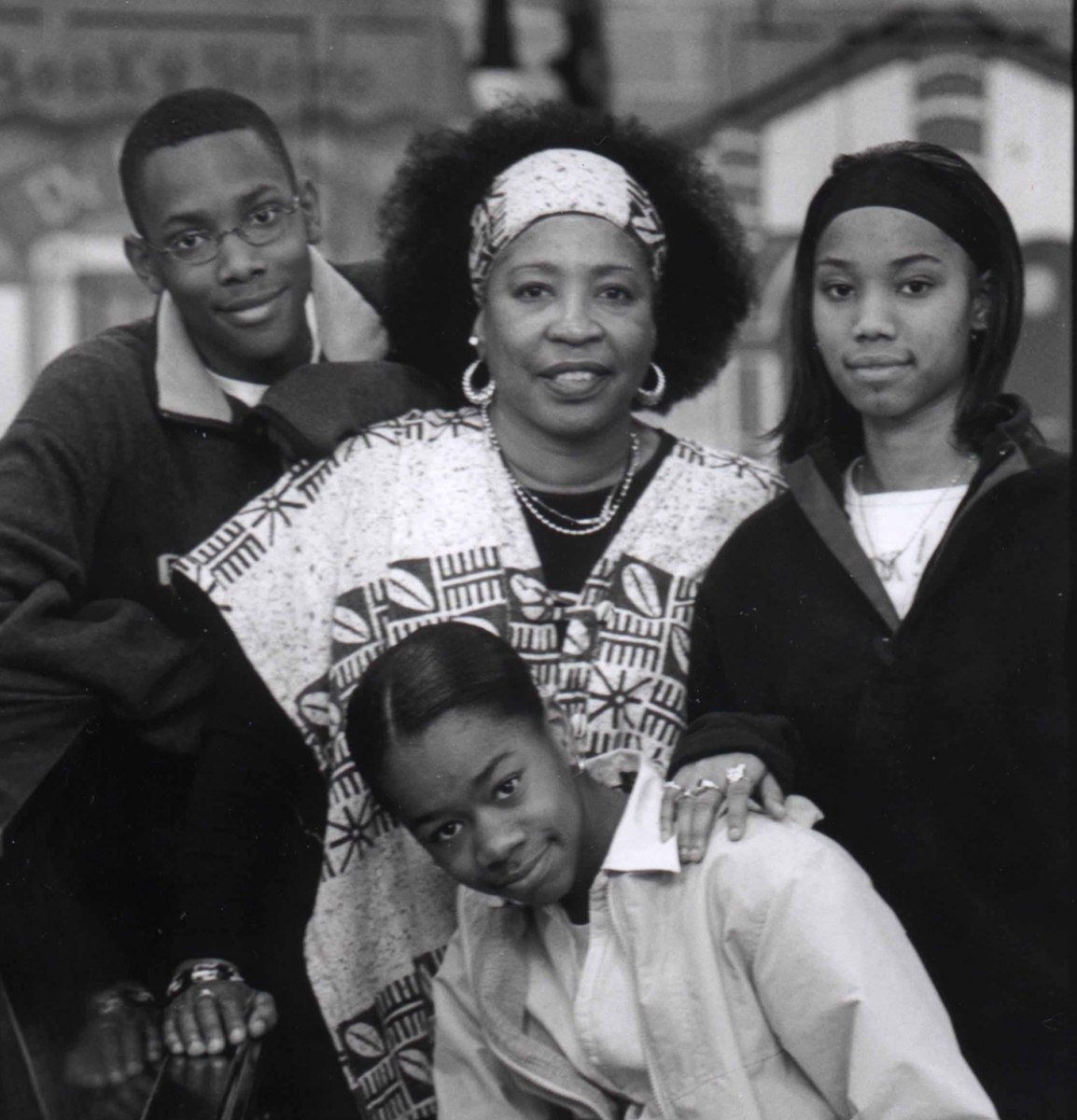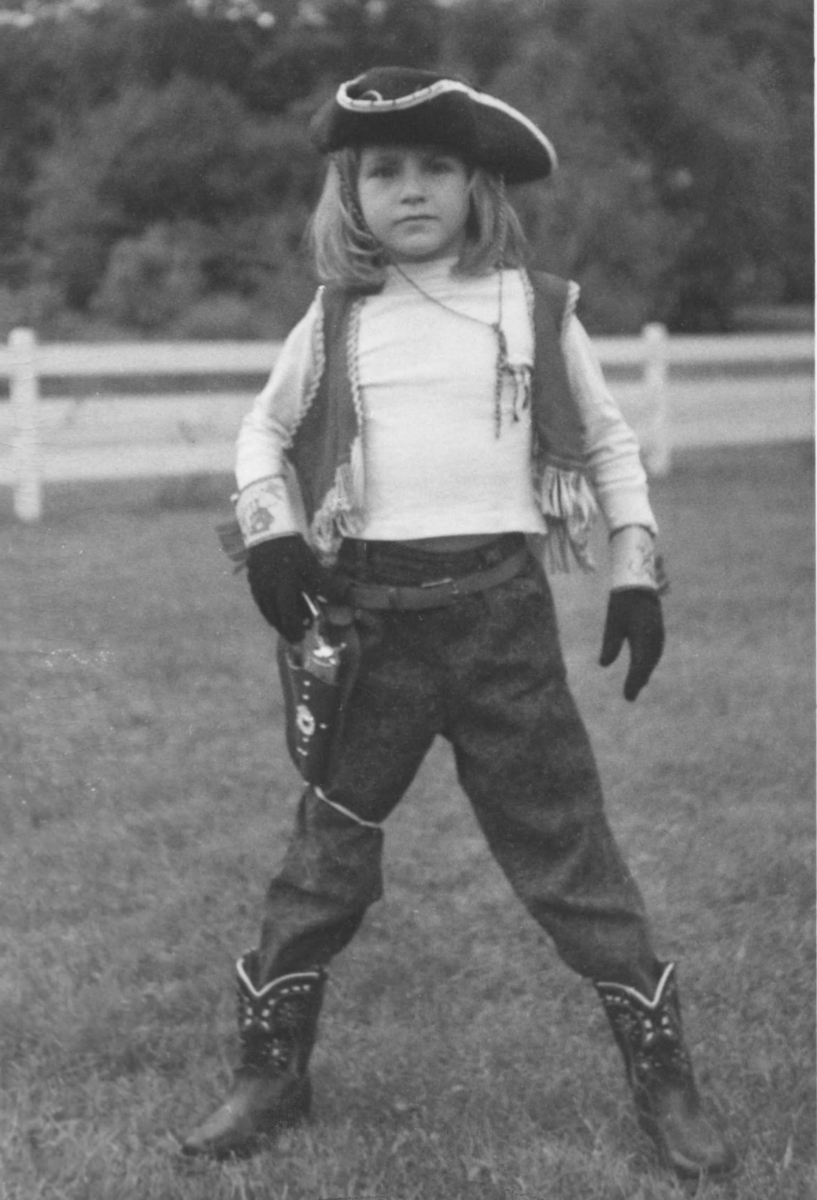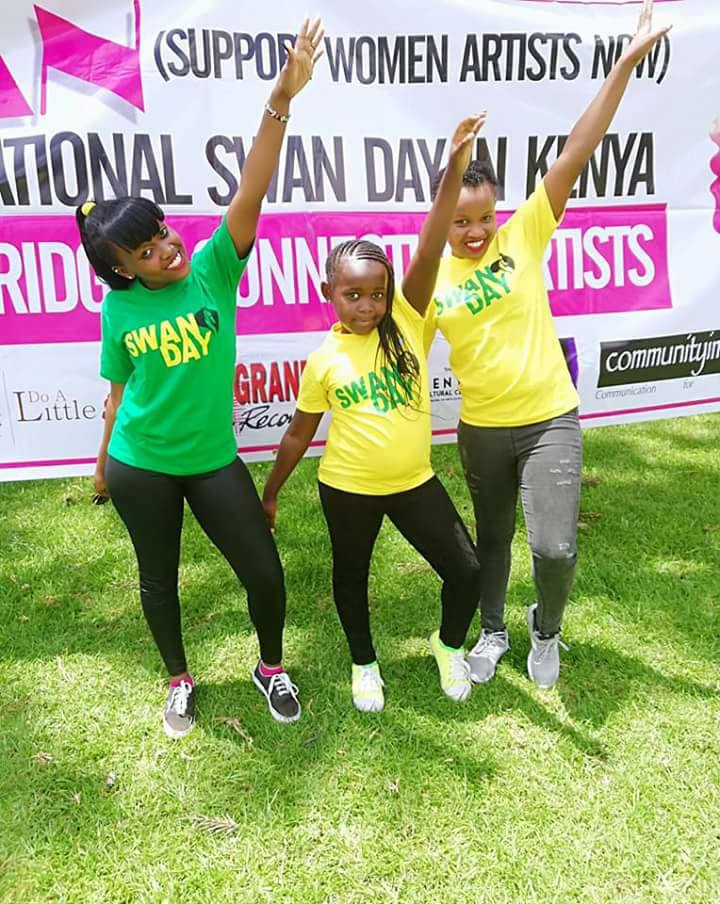Leadership from the Sidelines
Posted by Oct 19, 2018

Ms. Martha Richards
Twenty-five years ago, I left my job as the Managing Director of a regional theatre and started WomenArts. I deliberately moved from the center track to the sidelines because I wanted to work with women artists. They were the ones I loved the most—especially women artists of color and lesbian artists. They were the reason I had originally gone into the arts, and I had felt their absence during my 20 years in mainstream arts organizations.

I am a woman who decided to work in the arts during the explosion of feminist culture in the 1970s. I had been diligently studying white male artists in high school and college, and then the second wave of feminism hit. Suddenly I was surrounded by feminist poetry, feminist music, feminist theatre, and feminist visual art. I loved it. I could cheer in a huge crowd of women at a concert or weep quietly by myself at a reading. I felt the power of being included and understood, and those early experiences are still my touchstones 40 years later.

WomenArts mainly serves independent and community-based artists, and it puzzles me that they are so often ignored in discussions about gender parity or cultural policy. Even though there are far more artists working independently than in large mainstream organizations, most of the recent gender parity discussions have been focused on the employment statistics at the big institutions.
I am thrilled that more women are moving into leadership roles in major arts organizations, and I am sure they will have a positive impact. But we need to face the fact that there are not enough jobs to go around at those institutions. Even if we had women leading every major arts organization in the U.S., there would still be thousands of unemployed or under-employed women artists.
I would like to propose a paradigm shift. What would happen if we took a closer look at those independent artists on the sidelines? What if we stopped neglecting them and recognized that they are a vast national resource? Could we find ways to work with them to build a more diverse and inclusive cultural environment where many more artists, and our society as a whole, would flourish? These are the tantalizing questions at the heart of my work with WomenArts.

If we want to empower independent women artists and create truly inclusive support systems, I think we need to advocate for more funding for individual artists and administrators. Yes, we need to maintain our major institutions, and also, we need to create alternatives. We need to make it possible for artists and administrators to make a living while working in smaller, more flexible organizations, where they can experiment with more inclusive structures.
I have had countless conversations over the years with artists who clearly were extremely talented, but instead of creating something amazing, they were spending their time doing boring desk jobs, waiting tables, or writing endless grant proposals. Is it really in the public interest to waste their talents like that?
In the past the U.S. has had jobs programs that employed artists, like the Works Progress Administration (WPA) in the 1930s or the Comprehensive Employment and Training Act (CETA) in the 1970s. Those programs launched the careers of some of our greatest American artists.
We need to urge our legislators to create those programs again! That may seem like a tall order at the moment, but many new candidates are entering politics, and we need to make sure that they understand what artists need.
 We also need to be sure that there is funding for administrators like me who prefer to work with independent artists or community-based groups instead of large institutions. Many women who start their own companies are very gifted artists, but they have had little or no training in marketing, fundraising, or financial management, and they find it tedious.
We also need to be sure that there is funding for administrators like me who prefer to work with independent artists or community-based groups instead of large institutions. Many women who start their own companies are very gifted artists, but they have had little or no training in marketing, fundraising, or financial management, and they find it tedious.
Why do we force artists to do these tasks instead of letting them focus on the work they are good at? Wouldn’t it be better to match them with people who have the skills and temperament for administration? What miracles would happen if we paired the artists with administrators who were willing to dream outside the box with them?
I feel blessed that I have been able to make a living doing work that I love so much, and it has been an honor to work with such diverse and talented women over the years. The struggle for racial and gender parity in the arts can be discouraging sometimes, but when I see the creativity and endless perseverance of so many women artists, I am filled with hope. They have the dreams and energy to change the world—we just need to pay attention and give them a little help.
Read more blogs on why Nonprofit Arts Women Rock!





